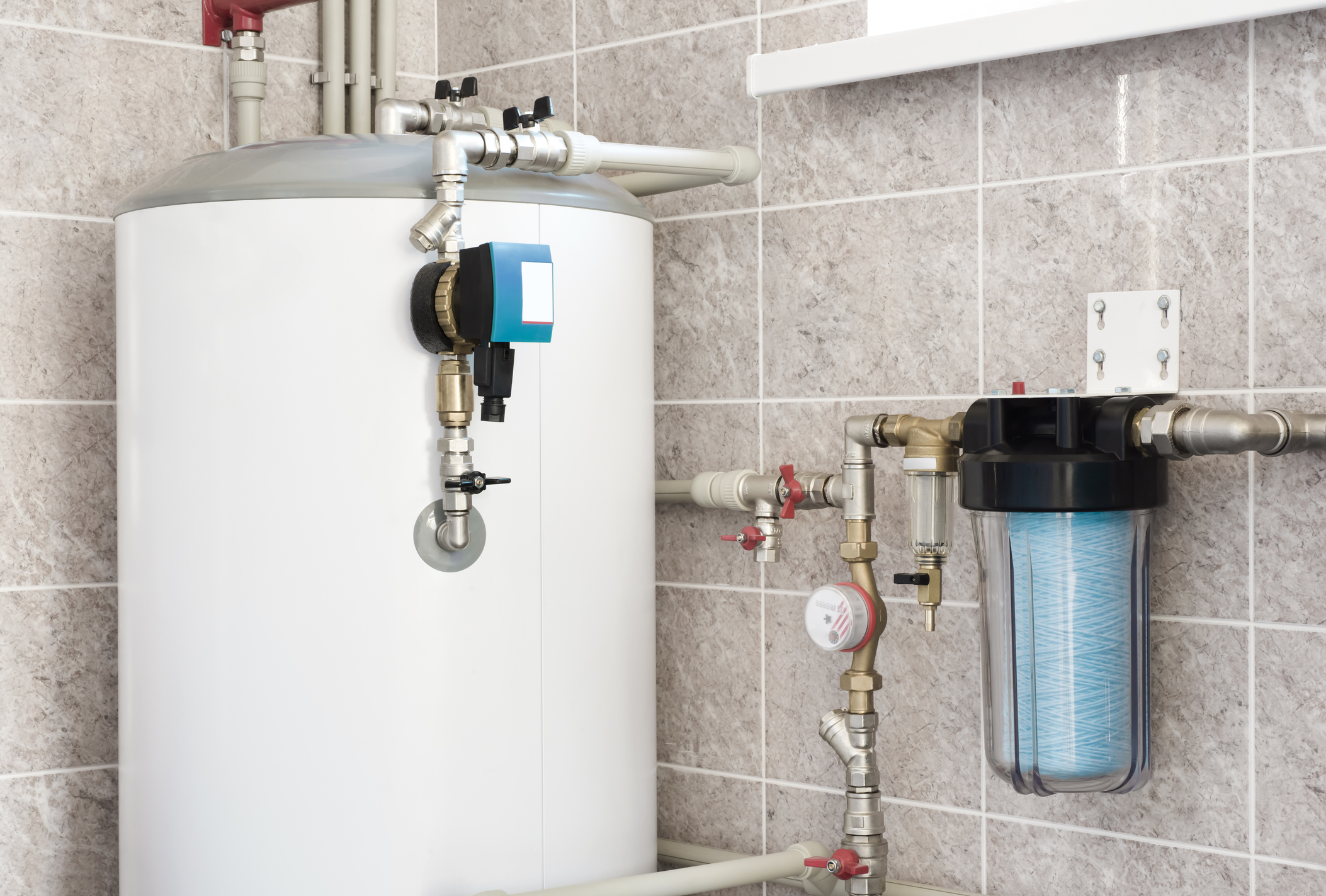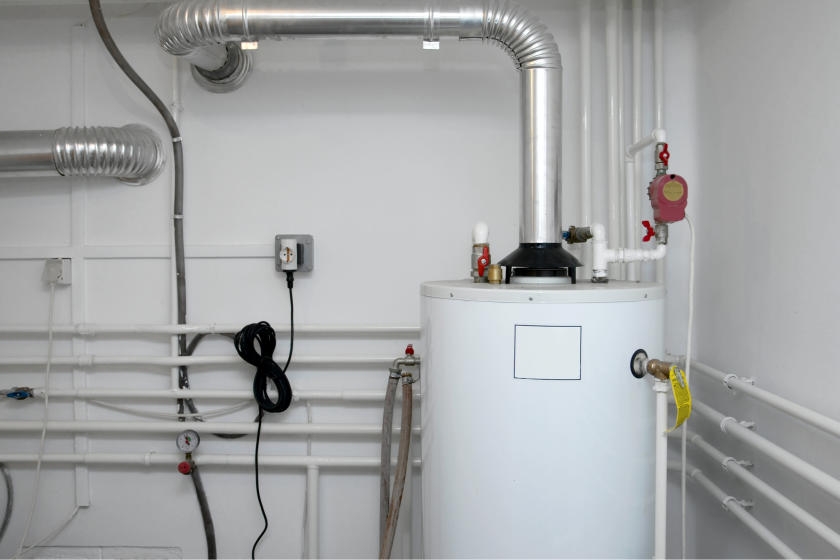Important Maintenance Tips for Your Home's Hot Water System
Important Maintenance Tips for Your Home's Hot Water System
Blog Article
How do you really feel with regards to Tips For Maintaining Your Hot Water Heater?

Hot water is vital for day-to-day convenience, whether it's for a rejuvenating shower or cleaning recipes. To ensure your warm water system runs efficiently and lasts longer, normal maintenance is crucial. This article offers sensible tips and understandings on just how to maintain your home's warm water system to avoid interruptions and pricey repair work.
Intro
Keeping your home's hot water system may appear challenging, however with a couple of simple steps, you can guarantee it runs smoothly for years to find. This overview covers everything from understanding your warm water system to DIY maintenance ideas and recognizing when to hire expert assistance.
Relevance of Maintaining Your Hot Water System
Routine upkeep not just expands the lifespan of your hot water system however likewise guarantees it runs efficiently. Neglecting maintenance can result in reduced performance, greater power bills, and even premature failure of the system.
Indications Your Hot Water System Requirements Upkeep
Recognizing when your warm water system requires focus can protect against major issues. Keep an eye out for indicators such as irregular water temperature level, weird sounds from the heating system, or rusty water.
Flushing the Water Heater
Flushing your water heater removes sediment buildup, improving efficiency and prolonging its life.
Monitoring and Changing Anode Rods
Anode poles protect against deterioration inside the container. Evaluating and changing them when worn is essential.
Complex Issues Requiring Professional Aid
Instances consist of major leaks, electrical troubles, or if your hot water heater is continually underperforming.
Routine Expert Upkeep Benefits
Specialist maintenance can consist of complete assessments, tune-ups, and guaranteeing conformity with security standards.
Examining and Adjusting Temperature Level Setups
Changing the temperature setups makes sure optimal efficiency and safety and security.
DIY Tips for Upkeep
You can carry out numerous upkeep tasks on your own to keep your warm water system in top problem.
Looking for Leaks
On a regular basis evaluate pipes and links for leakages, as these can lead to water damages and greater bills.
Understanding Your Warm Water System
Before diving right into maintenance jobs, it's helpful to comprehend the basic elements of your warm water system. Usually, this consists of the water heater itself, pipelines, anode rods, and temperature level controls.
Monthly Maintenance Tasks
Routine regular monthly checks can assist capture small issues before they intensify.
Testing Stress Alleviation Valves
Examining the stress relief valve ensures it works correctly and avoids too much stress build-up.
Shielding Pipes
Shielding hot water pipes minimizes warmth loss and can save power.
When to Call a Specialist
While DIY upkeep is beneficial, some issues require professional experience.
Conclusion
Regular maintenance of your home's warm water system is crucial for efficiency, longevity, and expense financial savings. By following these suggestions and understanding when to look for specialist aid, you can ensure a dependable supply of hot water without unexpected interruptions.
Water Heater Maintenance: The Basics
Maintaining your water heater will ensure it operates efficiently and has a longer lifespan. Neglecting regular maintenance can lead to costly repairs and an even bigger chunk of your savings if you have to replace it sooner than necessary. But there’s good news: Most water heater maintenance tasks are relatively simple and easy for homeowners with basic DIY skills.
Flush the Water Heater
Over time, sediment and minerals can build up in the tank, reducing its efficiency and potentially causing damage. To flush the tank, turn off the power or gas supply, attach a hose to the drain valve near the bottom and open the valve to drain the water until it runs clear. Ideally, flush the tank annually.
Replace the Anode Rod
The anode rod is a sacrificial metal rod that helps prevent corrosion inside the tank. Inspect and replace it every three to five years or per the manufacturer's recommendation. To replace the anode rod, turn off the power or gas supply, drain a few gallons of water from the tank, unscrew the old rod and replace it with a new one. If the anode rod is significantly corroded or covered in calcium buildup, it's a sign the water heater may need to be replaced soon.
Tune-Up
A yearly tune-up can help identify potential issues and ensure your water heater operates at peak efficiency. This typically involves checking the thermostat, burner assembly (for gas heaters) and any other components specified by the manufacturer. During a tune-up, the technician may also clean the burner and adjust the pilot light (for gas heaters) or examine the heating elements (for electric heaters).
How to Maintain Your Water Heater
Insulate the tank. Insulating the tank can improve energy efficiency and reduce heat loss, saving you money on energy bills. You can purchase precut insulation blankets designed specifically for water heaters or use standard fiberglass insulation wrapped securely around the tank. Check the temperature. The recommended water temperature for most households is around 120 degrees Fahrenheit (49 degrees Celsius). Higher temperatures can increase energy costs and potentially cause scalding. Use a kitchen thermometer to check the temperature at the faucet nearest the water heater. Monitor water pressure. Excessive water pressure can strain the water heater and cause leaks or even tank failure. Install a pressure-reducing valve if necessary. The ideal water pressure range is between 60 and 70 PSI (pounds per square inch). Test the temperature and pressure (T&P) relief valve. The T&P relief valve is a safety feature that releases pressure if the tank gets too hot or the pressure builds up too high. Test it annually by lifting the lever and allowing a small amount of water to release. Replace the valve if it doesn't release water or reseal properly. Check for leaks. Regularly inspect the tank, pipes and fittings for leaks or corrosion. Deal with issues promptly to prevent further damage. Even a small leak can lead to significant water damage over time. Consider a tankless water heater. If your traditional tank-style water heater is nearing the end of its lifespan ( typically 10 years), consider replacing it with a tankless water heater. These units heat water on demand, reducing standby energy losses and potentially saving you money on your energy bills. Schedule professional maintenance. While homeowners can perform many water heater maintenance tasks, it's still a good idea to schedule professional maintenance every few years. A plumber or HVAC technician can thoroughly inspect the unit, identify potential issues and ensure it operates safely and efficiently. https://www.homeserve.com/en-us/blog/home-improvement/hot-water-heater-maintanence/

As a serious reader about Water Heater Maintenance Tips You Can't Afford to Forget, I thought sharing that piece of content was a great idea. Don't hesitate to take the time to distribute this content if you appreciated it. I take joy in your readership.
Call Today Report this page